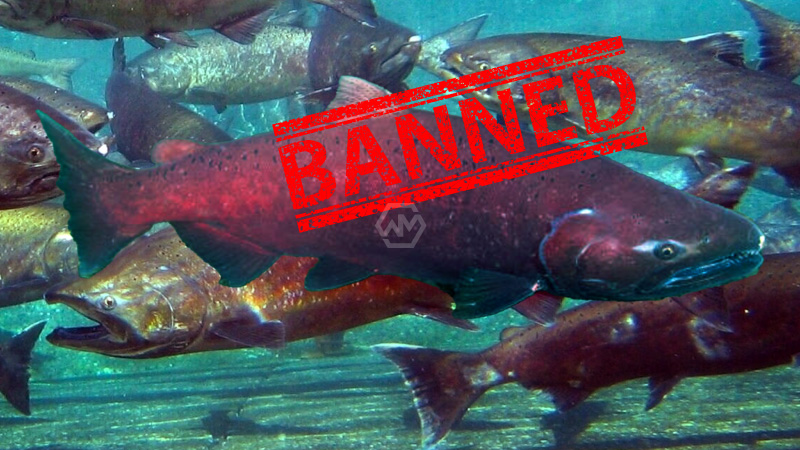- The US and Canada have decided to halt all fishing for the fish for a period of seven years.
- The agreement spans all domestic, commercial, and recreational fishing seasons and extends from April 2024 to 2030.
- Chinook salmon play a crucial role in the ecology, society, and culture of Yukon and interior/western Alaska.
To safeguard the Yukon River chinook salmon, both the United States and Canada have decided to halt all fishing for the fish for a period of seven years.
The accord spans the duration of a single fish life cycle and recognizes the ongoing decrease in chinook salmon populations, which has made it impossible for both nations to achieve their conservation goals.
Yukon River
The agreement, which has been in the works for a year, calls for a long-term strategy to safeguard fish rather than a yearly decision on fishing limits, according to Dennis Zimmermann, chair of the Yukon Salmon Subcommittee.
Since the 1980s, the chinook population, which originated in the Canadian side of the watershed, has decreased to less than 10% of its historical average of 150,000 adult salmon.
According to Fisheries and Oceans Canada, in recent years, fewer than one-third of the minimum number of adult chinook salmon required to maintain the population has returned to their spawning grounds in Canada.
Intending to restore the population to 71,000 chinook salmon of Canadian origin, the agreement spans all domestic, commercial, and recreational fishing seasons and extends from April 2024 to 2030. The governments have committed to restoring habitat and stocks, as well as funding studies aimed at providing further insight into the reasons behind the chinook salmon losses.
Chinook salmon play a crucial role in the ecology, society, and culture of Yukon and interior/western Alaska. Therefore, Canada and the United States must work together to safeguard and restore this vital species for the coming generations. International action in the form of cooperative measures is necessary.



